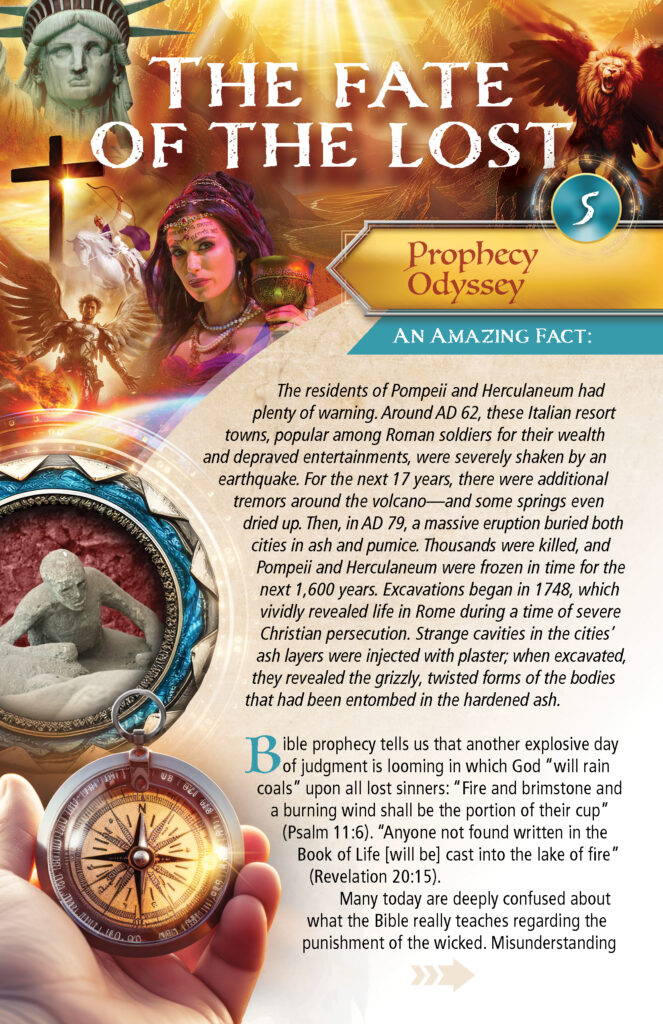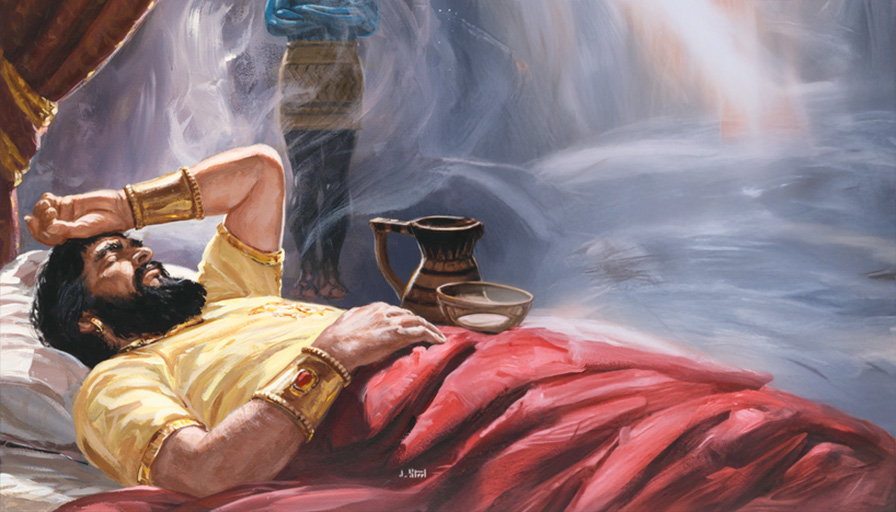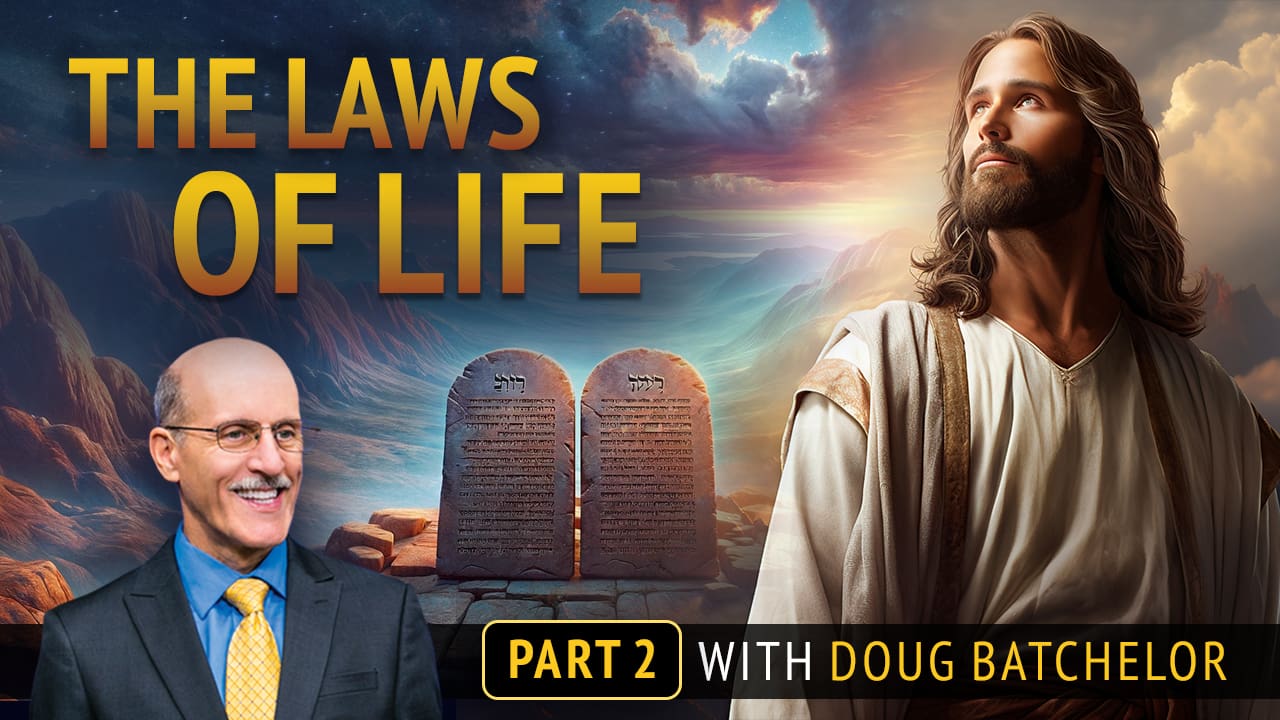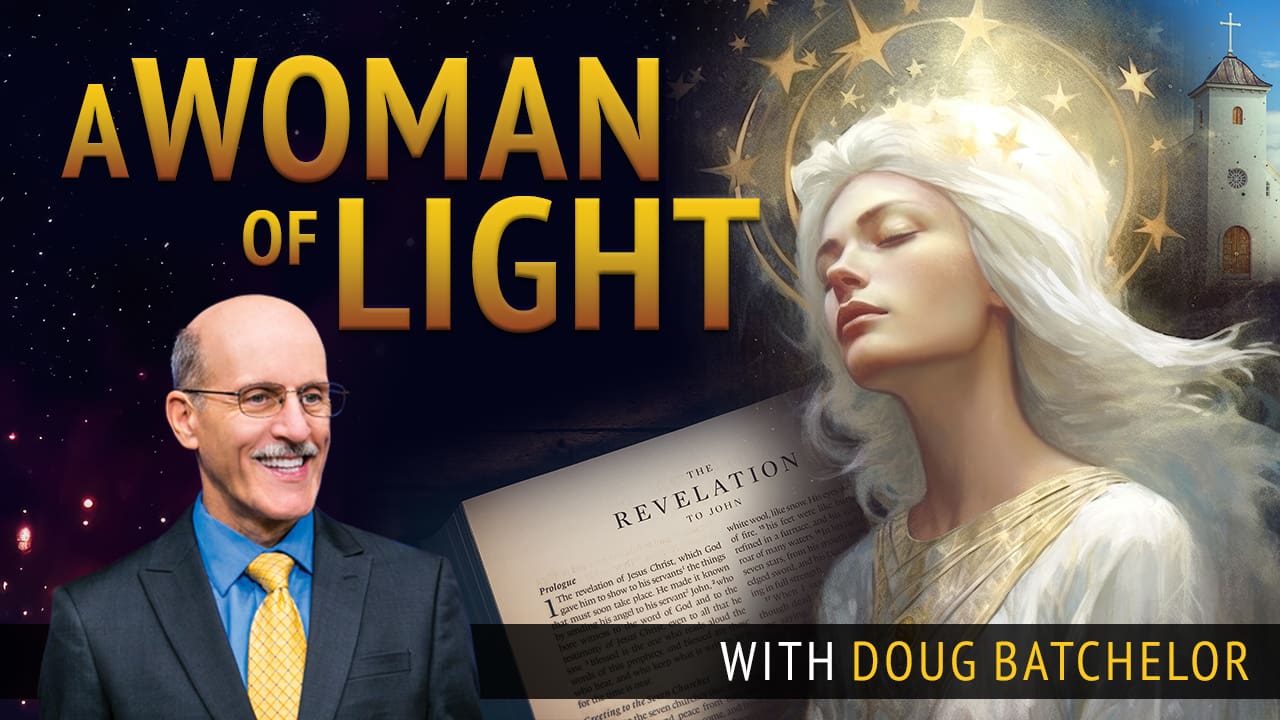In ancient times, sun worship was a prevalent religious practice that emerged in various cultures across the world. Babylon, considered the birthplace of this tradition, witnessed the rise of figures like Nimrod and Semiramis, who played significant roles in its development.
Nimrod, known for his hunting skills and legendary exploits, gradually garnered immense admiration and reverence from his followers. Over time, he was not only regarded as a great king but also elevated to the status of a deity. His wife, Semiramis, wielded her own power and influence, further solidifying their divine status among the people. In the minds of those who had strayed from the worship of the true God, Nimrod and Semiramis became revered as the sun and moon in human form, representing strength and beauty.
As the sun worship practices evolved, Semiramis devised a cunning scheme to maintain her hold on the empire after Nimrod’s death. She propagated the belief that Nimrod’s spirit ascended into the sun itself, where he continued to protect and bring light to the world. The people were instructed to offer worship and sacrifices to the rising sun, viewing it as their departed leader and savior.
The worship of the sun extended far and wide, finding its way into various civilizations throughout history. From the Babylonians and Egyptians to the Greeks and Romans, different cultures embraced this form of worship, adapting it to their own traditions and beliefs. Sun worship involved elaborate rituals, ceremonies, and even human sacrifices, as some believed that the sun required life to sustain its power.
A notable aspect of sun worship was the veneration of Tammuz, often associated with the son of the sun-god. Tammuz’s birth, celebrated on December 25th, coincided with the lengthening of days after the winter solstice, symbolizing the renewal of life. This event was intertwined with the worship of various goddesses, such as Ishtar or Astarte, who represented fertility and the generative forces of nature. Rituals and festivities honoring these deities involved fasting, self-affliction, and orgiastic celebrations.
Even the nation of Israel, chosen by God, was not immune to the influence of pagan practices. They succumbed to the allure of idolatry and incorporated elements of sun worship into their own religious observances, despite God’s clear commandments against such practices. The prophet Jeremiah denounced these acts of idolatry, highlighting how they provoked God’s anger and led the people astray.
The historical prevalence of sun worship serves as a cautionary reminder of the dangers of deviating from true faith and compromising with false religions. It emphasizes the importance of remaining steadfast in worshiping the one true God and resisting the allure of deceptive and corrupt practices.
It is a remarkable and unsettling fact that many religious holidays observed in Christendom today originated in ancient pagan practices that predate the time of Christ. This historical reality cannot be denied. For instance, the celebration of Tammuz, the sun god’s child, coincided with what later became the alleged birthday of Jesus Christ. The period of mourning for Tammuz transformed into the observance of Lent, while Tammuz’s resurrection legend conveniently morphed into the story of Christ’s resurrection. The cakes offered to the queen of heaven became the hot cross buns, and the fertility rites associated with Ishtar evolved into the modern celebration of Easter. Notably, Easter remains a movable festival, determined by the cycles of the moon and occurring on the first Sunday after the first full moon following the spring equinox.
Moreover, even lesser-known pagan holy days found their way into Christian culture. During autumn, a time associated with decay, people believed that the spirits of the dead were nearby and needed prayers, food, and shelter to avoid haunting them with misfortune. This belief eventually gave rise to the tradition of “trick or treat” on what is now known as Halloween. St. Valentine’s Day originated from the ancient Lupercalia, a purification rite involving priests running through the streets with goatskin whips, symbolizing fertility. This practice evolved into the modern-day exchange of Valentine cards.
These are just a few examples of how pagan traditions have permeated our religious and secular culture. But how did this happen? One answer is that early in the Christian church’s history, it faced persecution from the powerful pagan world. When violent means failed to destroy the church, Satan devised a new strategy—to infiltrate and corrupt it from within. This strategy proved to be highly successful. By the fourth century A.D., the growing church, supported by the Roman Empire, acquired wealth and political power, leading to a fusion of religious and temporal authority. This combination forever changed the church and led to the establishment of the Holy Roman Empire in 538 A.D.
Under the influence of the Roman Church, pagan practices and beliefs were assimilated into Christianity. The church incorporated various deities and customs, amalgamating them with Christian elements. Prayers for the dead, idols, amulets, offerings of penance and indulgences—all of these were carried over from pagan worship. Pagan kings were likened to the sun god, and the pope assumed a similar role as the vicar of Christ.
The early Christians vehemently resisted compromise with false doctrines and even sacrificed their lives rather than participate in pagan rituals. Yet, within a few generations, the church became enshrouded in moral darkness. The pursuit of power and domination led to the assimilation of sun worship practices into Christian rites. One significant change was the transfer of the Sabbath’s sanctity from the seventh day to the first day of the week, Sunday. This was done in defiance of God’s command to keep the Sabbath holy. Sunday observance was justified by associating it with Jesus’ resurrection, but this alteration effectively obscured the worship of God as the Creator and paved the way for the acceptance of evolutionary philosophy in later centuries.
Today, the influence of paganism can be found in various aspects of our culture, ranging from language to clothing. Many customs, stripped of their original significance, may appear harmless or even wholesome due to their Christian trappings. However, as Christians, we should be aware of the historical roots and implications of these practices.
The Bible provides guidance in addressing these issues. God warned His people not to inquire about or imitate the worship of false gods. He desired a distinct form of worship based on a holy relationship with His people. The forms of sun worship and idolatry were incompatible with such a relationship and led to debasing practices, including human sacrifices.
Regarding the commemoration of Christ’s birth and resurrection, there is nothing inherently wrong with remembering these events. However, neither the Bible nor history specifies the dates of these occurrences. Therefore, we are not bound to observe them on specific days. Instead, we are free to remember and honor these events every day of the year.
Christmas and Easter, as currently practiced, have their origins in pagan traditions. While we cannot ignore the holidays deeply ingrained in our culture, we should not attribute sacredness to them that they do not possess. It is essential to recognize that these days were chosen for pagan reasons and later incorporated into Christianity.
Sunday keeping, on the other hand, stands in direct opposition to God’s authority. The Bible symbolizes the Christian’s identification with Christ’s death and resurrection through baptism and a subsequent life of obedience. Sunday observance is the remnant of paganism that contradicts God’s commandments. We have not been instructed to select any day for worship; rather, God specifically blessed and sanctified the seventh day, the Sabbath.
The Sabbath serves as a sacred memorial of God’s creative power, distinguishing Him from false deities. God has always required His people to distinguish between the sacred and the profane, the holy and the common. Satan has tirelessly attempted to blur this distinction, seeking to make sin appear righteous and righteousness appear profane. If we look at modern Christianity, we can see the success of his efforts.
Nowhere in Scripture is the sanctity of the Sabbath transferred to another day. Nowhere does the gospel of Christ annul any part of God’s law, despite vehement opposition. Through the camouflage of pagan rituals and the incorporation of these practices into Christianity, Satan managed to deceive the entire Christian world into breaking God’s holy law while falsely believing they were honoring Him.
Therefore, as Christians, we must strive to understand the origins and implications of various traditions. We should seek to align our practices with the teachings of the Bible, recognizing the significance of God’s commandments and the distinctiveness of true worship.
There was and is a commandment to keep holy the Sabbath day, but that Sabbath day was not Sunday. Earnestly desiring information on this subject, which I have studied for many years, I ask, where can the record of such a transaction [change of the Sabbath] be found? Not in the New Testament, absolutely not. There is no scriptural evidence of the change of the Sabbath institution from the seventh to the first day of the week. Of course I know quite well that Sunday did come into use in early Christian history. … But what a pity that it comes branded with the mark of paganism, and christened with the name of the sun god, when adopted and sanctioned by papal apostasy and bequeathed as a sacred legacy to Protestantism! (In a paper read before a New York Ministers’ Conference, November 13, 1893.)
Indeed, there is a serpent hidden among the customs and traditions inherited from paganism. Satan is aware that sin is the only thing that can separate us from the eternal joy of being with Christ, and he has set his traps accordingly. The question is whether we will fall into the snare of our adversary or seek understanding and discernment to walk in the path of God’s commandments.
Like David, let us pray for understanding and a whole-hearted commitment to keep God’s law. May we delight in following His commandments and strive to align our lives with His will. By seeking wisdom and discernment, we can avoid being ensnared by the deceptions and influences of the enemy. Our desire should be to walk in the path of righteousness and find joy in obedience to God’s Word.
“Give me understanding and I shall keep thy law yea; I shall observe it with my whole heart. Make me to go in the path of thy commandments, for therein do I delight”? (Psalm 119:34, 35).














